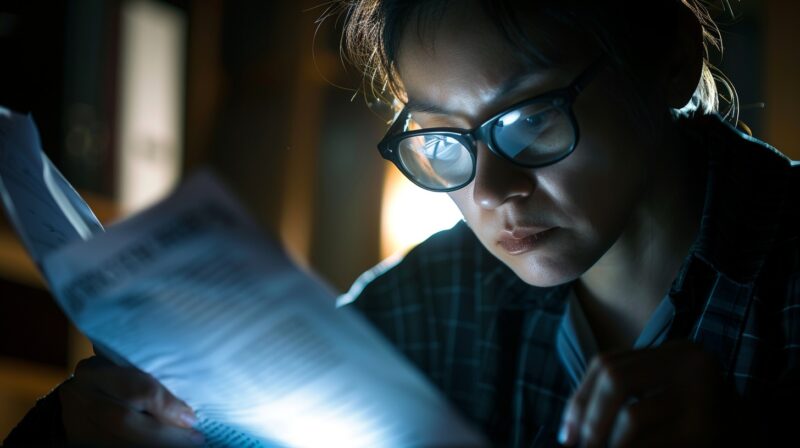Turning a good idea for a project into reality can be a long and detailed process. Once you have established your project vision, there are multiple stages of planning, organizing, and preparing before a shovel can hit the ground. Thankfully, you will have an experienced team of professionals to help guide your project and ensure that the final product reflects your initial project goals.
Key Takeaways
- The initial stage of design development involves creating a project vision, assessing feasibility, business planning, and engaging with community and stakeholders, guided by a lead consultant and architect.
- The second stage encompasses detailed design, often charted by the architect in completion percentages, leading up to the permit drawings and involving cost estimations for various project aspects.
- A cost consultant or quantity surveyor plays a key role in estimating expenses, taking into account the type of use, existing structures, and infrastructure considerations, with a focus on sustainability.
- Success in design development relies on an integrated approach, bringing together consultants, builders, and future operators early in the process for efficiency, cost-saving, and achieving project goals.
- The process faces challenges like budget constraints and regulatory compliance, with technology such as 3D modeling enhancing accuracy and efficiency in project planning and execution.
Stage One

The first stage of design development begins with the project vision, assessment of project feasibility, business planning and community and stakeholder engagement. Some of this work is steered by the lead consultant, your architect, and they will assist in selecting the sub-consultant team with your approval.
While all this is happening there is the work of site selection, site analysis, environmental review, rezoning where required, and property leasing or purchasing.
Of course, this process can progress in a somewhat different order; for example, you may be offered an existing building to replicate a model that you have developed elsewhere and begin the process there.
And naturally, these activities don’t all necessarily progress in a linear fashion. It’s more likely that several may proceed simultaneously.
Stage Two
The second stage of design development is detailed design and begins with initial meetings with the consultants through to the beginning of permitted construction. (Note that certain construction activities in the case of a substantial renovation project may be considered as maintenance by the local building authority and may not require a permit, e.g. replacing the roof, below-grade waterproofing, limited interior demolition, remediation, etc).
Detailed design is often charted by the architect in percentages of completion leading up to the permit drawings (50%, 75%, etc). This relates both to a level of detail in the plans and specifications, as well as established benchmarks in a costing process inherent in construction management or a cost consultant approach to estimating.
Initially, a cost consultant or quantity surveyor will estimate a price per square foot to renovate or build new based on the type of use, such as affordable housing, multi-unit dwelling, office, artist studios, galleries or performance space. Initial iterations can further refine these numbers with investigations into an existing structure or decisions about what parts of the infrastructure can be reused and what will be demolished.
In addition to special base building requirements of particular types of programming, estimating must take into account sustainability goals. By the time the team has achieved 50% design development, estimating transitions from square foot averaging to hard estimates from sub-contractors or trades. These can be further refined along the way, but eventually will be determined by bids during the procurement process once the permit set of plans and specifications have been completed.
Integrated Design Development
Regardless of the scale of a project, it is a generally accepted practice of design development today, whether your project is financially well endowed or you are working on a shoestring, to achieve an economically efficient operation, reduce greenhouse gases, provide tenant comfort and achieve a model that works well for the uses for which it was designed.
Embracing an integrated approach not only streamlines project efficiency but also ensures that every aspect of the project, from sustainability goals to customer relationship management, is meticulously planned and executed.
You will want to get as many of the consultants, builders and future operators around the table as early in the design process as you can.
They will make up your design development team. It goes without saying that not everyone will be able to make every meeting – often you may have substitute consultants whose contribution is highly specific – but the more people you have representing the most pieces of the puzzle attending design meetings will mean more savings, fewer jobs that have to be redone (at greater cost) and more success on every level. This is integrated design development.
FAQ
What is the role of a project manager in design development?
A project manager coordinates all stages of design development, ensuring that the project stays on track, within budget, and aligns with the vision.
How are changes to the project scope managed during design development?
Changes in project scope are managed through a process of review and approval, often involving stakeholders and the design team to assess impact and feasibility.
What are the common challenges faced during the design development stage?
Challenges can include budget constraints, unforeseen site conditions, regulatory compliance issues, and coordinating various stakeholders’ interests.
How does technology impact the design development process?
Technology, such as 3D modeling and project management software, plays a crucial role in enhancing accuracy, efficiency, and communication throughout the project.
What is the significance of sustainability in design development?
Sustainability is increasingly vital in design development, focusing on environmentally friendly materials, energy efficiency, and long-term operational sustainability.
Final Words
Design development, a crucial phase in bringing a project vision to life, requires meticulous planning, coordination, and a commitment to integrating diverse expertise for successful project completion.
